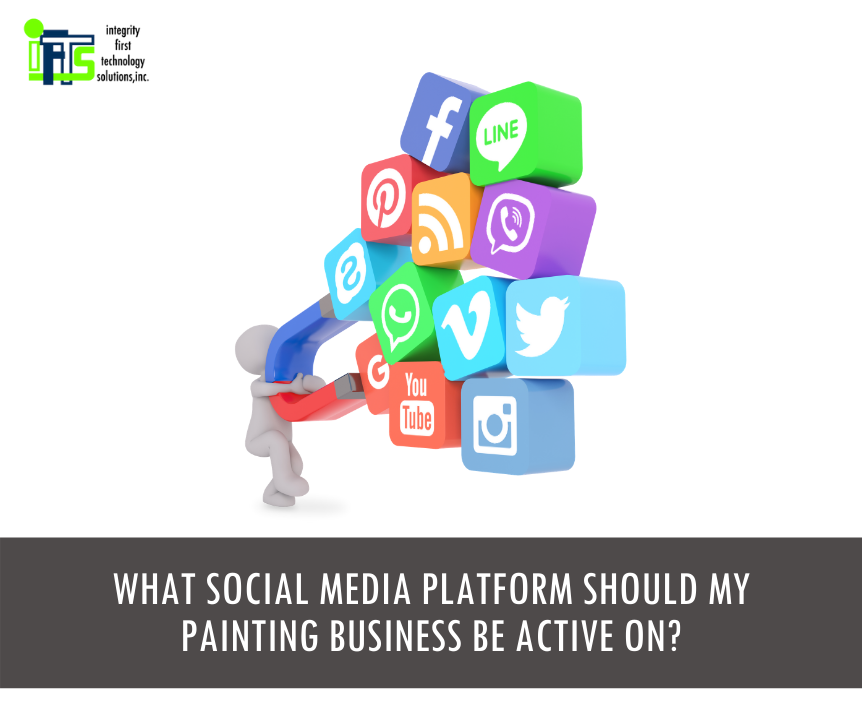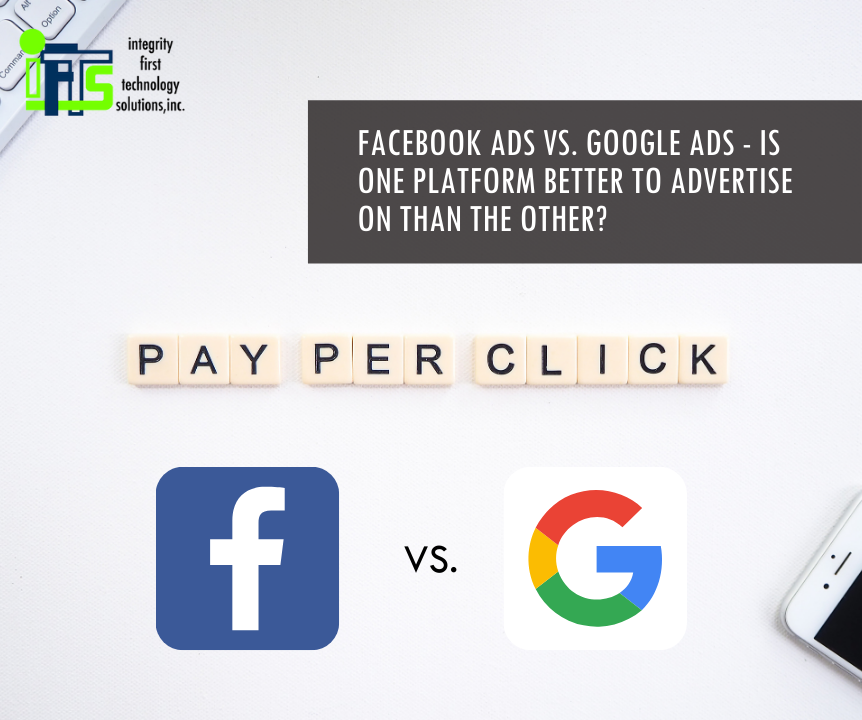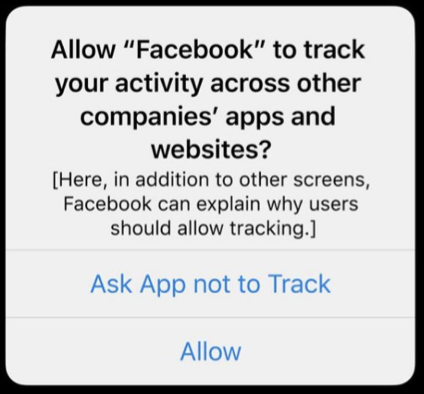
Is finding customers online proving to be quite the struggle? If it is, then social media would be the remedy to that.
Traditionally, painting businesses have predominantly relied on word of mouth to gain new customers. While this is still a very valid – and constructive form of marketing, modern-day digital advertising is gaining more and more ground thanks to technology. The Internet particularly gives companies an array of opportunities to reach wider audiences and control their reputation. One such tool is social media.
And to be fair, it’s one of the best tools for businesses.
Social media platforms are not just places where business pages and profiles are housed. They are hubs for people to communicate, share their opinions, make recommendations, and express their likes or dislikes — now doesn’t that sound a lot like word-of-mouth marketing?
So how do you select the right social media platform for your business?
It all comes down to each platform’s rules and restrictions, content specifications, marketing options and available audiences. It also boils down to your personal preference, and how you prefer to showcase your services, promote your business, and interact with customers.
In this article, we are going to list the top 5 social media platforms and reveal the specifications of each platform.
The Top 5 Social Media Platforms for Painting Businesses
YouTube
YouTube is the second largest search platform globally after Google. It appeals to an audience of 18 to 65 years and has more than 2 billion active users.
This platform is video-based and has other sections that allow you to share photos, go live with an audience when premiering videos, and build a community. Want to show off your painting skills? Or maybe share a DIY tutorial on how to paint like a pro? If you want to go the video route, YouTube is your best option.
YouTube’s algorithm, however, like all other platforms, periodically changes to keep up with consumer needs. Hence, when making content for YouTube, keep it informative and in line with the platform’s rules. Keep the videos short, interesting, and high quality.
Facebook is one of the platforms that have continually changed its settings to accommodate business needs. It has more than 2 billion active users globally, most of whom are between 18 and 65 years old.
Creating a Facebook Business Page is a top choice for all types of businesses. You can utilize it to create a wide range of content aimed at attracting, nurturing, and retaining clients. Facebook allows you to post text, images, videos, contests, events, and build an e-commerce page on the platform where you can sell products/services or book appointments.
With Facebook, you can also automate a good number of marketing activities and take advantage of targeted advertising and paid ads.
Instagram is relatively newer than Facebook and has more than 1 billion active users globally. It attracts a younger crowd than Facebook, and has quickly grown into the easiest platform to advertise services to a younger target audience. But who ever said that young people aren’t homeowners or ever in need of painting services? Many people like to spend time on Instagram looking for new ways to spice up their home, especially DIYers.
This site supports photos and short videos; using the right hashtags when posting these may draw in more followers than you expect! The platform also offers various tools that allow you to run surveys and polls, create longer videos, and share something interesting from within the platform. You can also integrate Instagram with other platforms, such as Facebook and Twitter.
To win on Instagram, you need to have good quality images and videos and be consistent in your posting schedule. Make the content interesting, and use paid ads whenever you need to reach a bigger audience. You can also make use of IG influencer marketing as it has done wonders for numerous businesses.
With more than 330 million active users, Twitter is a platform that appeals to businesses and experts of all sorts. It particularly attracts an audience aged 18 to 49 years and is more formal than Facebook and Instagram.
If you are looking for a formal way to communicate with your audience, Twitter is a good option. Text content on Twitter is limited to 280 characters. As such, if you have a longer message, you can create a thread or use other platforms to pass the message across.
If you want to grow your market using Twitter, be sure to optimize your business profile and use such tools as hashtags, retweets, mentions, and replies.
When it comes to professionalism, LinkedIn takes the cake. It is the one social media platform where formality is the order of the day. However, you won’t see business pages with a lot of action on LinkedIn; rather it’s the business owners and their employees who are more actively and constantly in pursuit of connections. B2B networking is a big thing on LinkedIn.
The audience you will find on this platform aged between 25 and 64 years – and most of them have a higher education and several degrees to flaunt. But that should not deter you, especially if you are looking to make connections with other companies — and you never know what that may bring your business down the line…
It is not necessary for your business to be present on every single one of these platforms to become noticed on social media. Some sites are increasingly gaining popularity within a short period of time, that it’s only natural that others slip through the cracks.
To make your decision easier, think about your marketing. All the social media platforms we mentioned come with inbuilt statistics that show the return on investment (ROI) for organic and paid marketing efforts, and some of them come with inbuilt ad campaign management tools you should learn to be savvy at — but if it all sounds like too much to stay on top of, you can turn to us at IFTS for advice.
Your success on any platform depends on the audience you want to reach, the type of content you post, and your understanding of the platform’s algorithms. Remember that these algorithms change periodically, so you need to always be at the top of your game.
Download our free guide, The Painter Marketing Broad Brush Effect. This guide will walk you through 7 simple steps to bring in more painting customers than you can handle in 2021 and beyond!
The Painter Marketing Broad Brush Effect
Get a FREE download of our 7 simple steps that will bring in more painting customers than you can handle in 2021 and beyond.
Ready to roll?
If you would like more information on the best social platforms for your business specifically, Give IFTS a call at 412.715.6266 for a free consultation.




